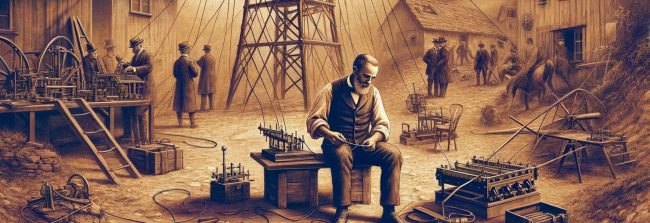From Vision to Reality: How the Evolution of Broadband is Transforming Our World By Scott Langland, Co-CEO, APWireless
Digital transformation underpinned by state-of-the-art digital infrastructure is revolutionizing our socioeconomic fabric, how people access information and engage with one another and society at large. To fully harness this potential, we must ensure global access to high-speed and reliable quality communications networks and services. Bridging the digital divides is essential for creating a more prosperous…








